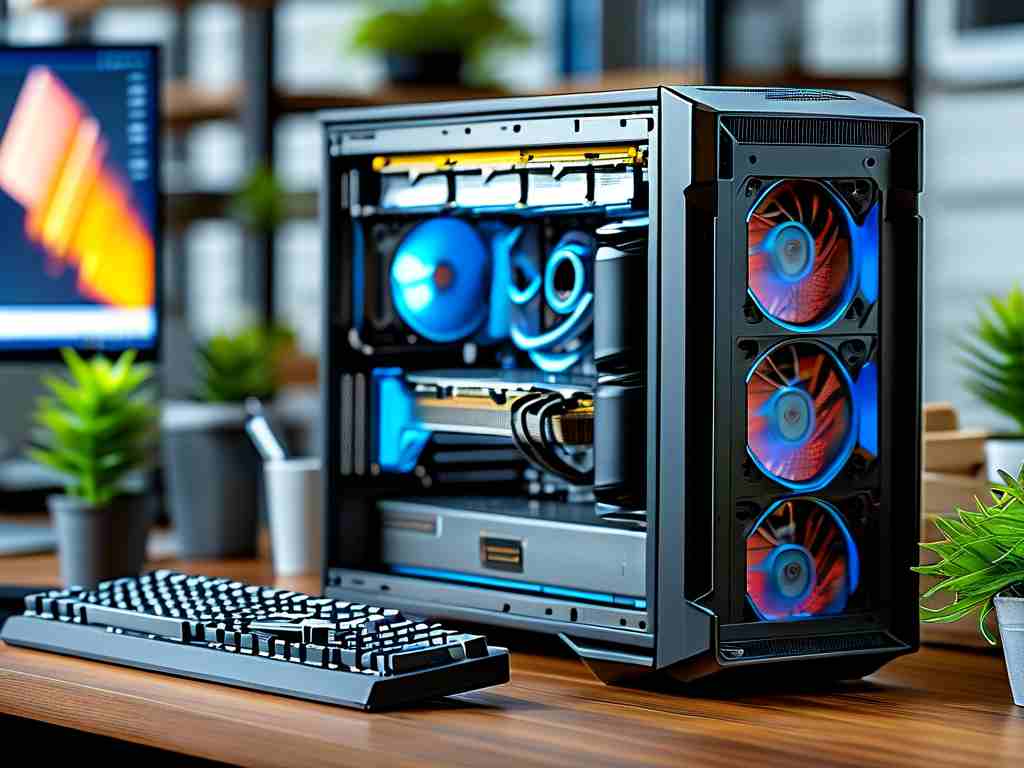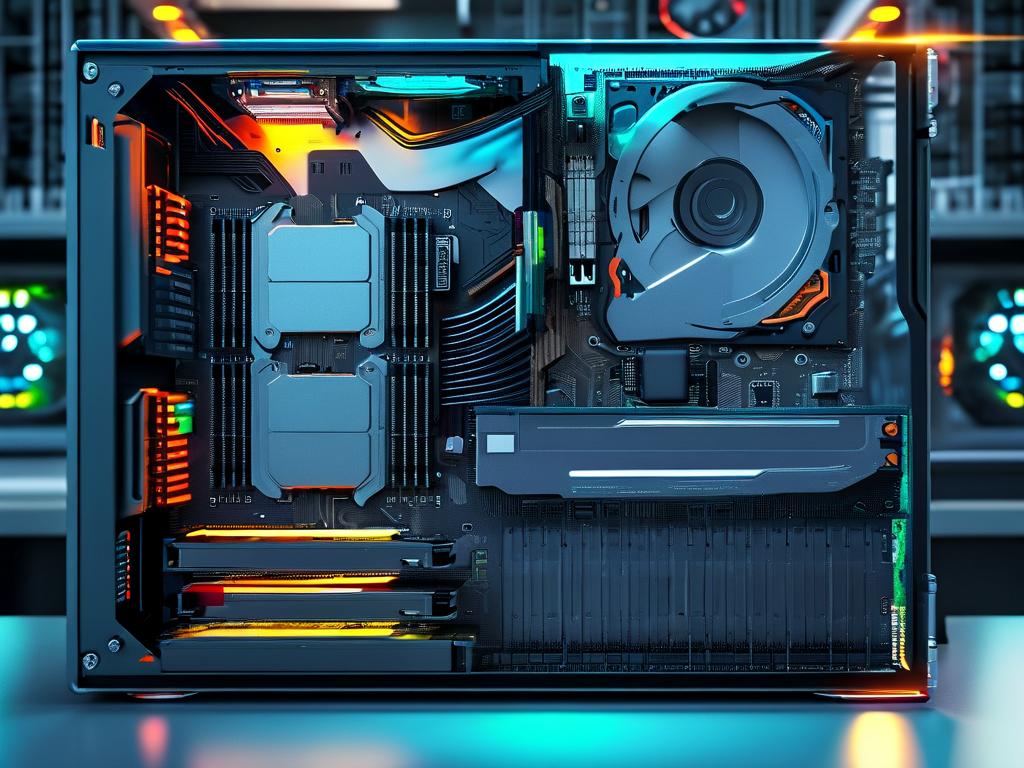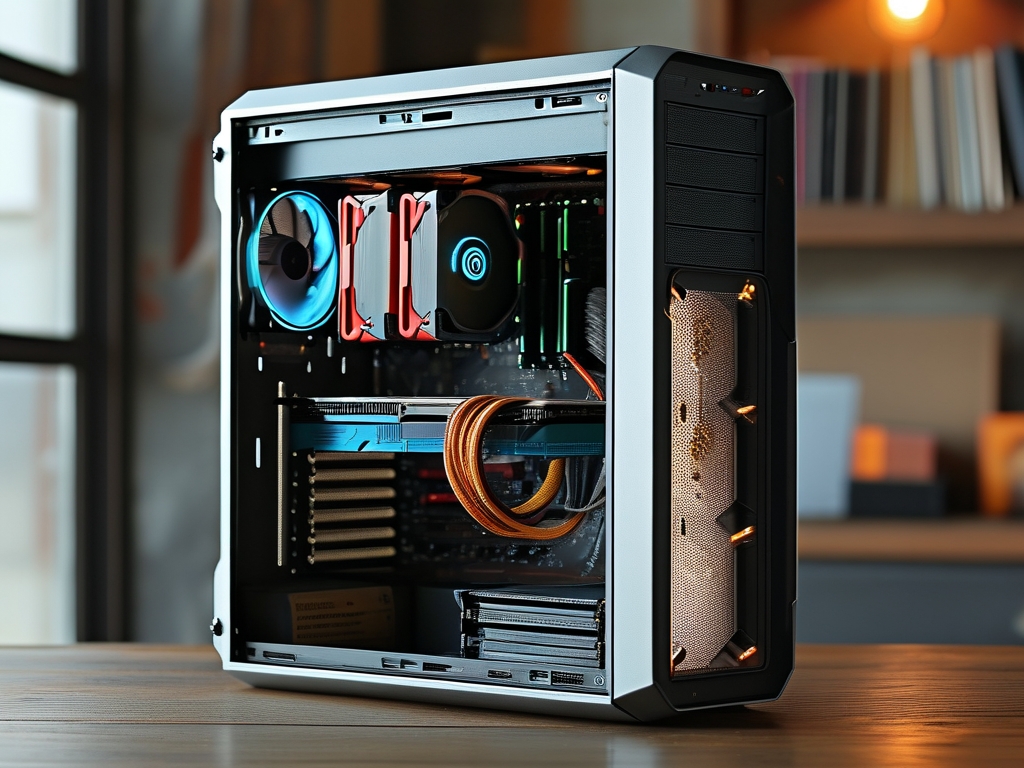When building or upgrading a computer, selecting the right memory (RAM) is crucial for achieving optimal performance. This guide explores practical considerations for choosing RAM while addressing common misconceptions and technical nuances often overlooked by casual users.

First, understand RAM specifications. Modern computers primarily use DDR4 or DDR5 memory, with DDR5 offering higher bandwidth but requiring compatible motherboards. For example, a DDR5-6000 module theoretically provides 48GB/s bandwidth compared to DDR4-3200's 25.6GB/s. However, real-world gains depend on workload types. Gamers might prioritize low latency (CAS 14-16) over raw speed, while video editors benefit from higher capacities.
Capacity requirements vary. While 16GB remains adequate for basic tasks, professionals working with 3D rendering or machine learning models often need 64GB or more. An interesting test case: running PyTorch with large datasets showed 32GB RAM reduced processing time by 22% compared to 16GB configurations. Always verify your motherboard's maximum supported capacity – some consumer-grade boards cap at 128GB despite CPU specifications suggesting higher limits.
Speed compatibility matters more than marketing claims. A common mistake involves purchasing 6000MT/s RAM for CPUs with official support up to 5200MT/s. While XMP/EXPO profiles can enable overclocking, stability isn't guaranteed. TechReview's 2023 study found only 73% of 6000MT/s kits maintained stability across 50+ motherboard models under sustained load.
Consider physical dimensions carefully. High-profile RGB modules like G.Skill Trident Z (44mm) may conflict with large air coolers such as Noctua NH-D15 (165mm height). Low-profile alternatives like Corsair Vengeance LPX (33mm) solve this but sacrifice thermal headroom. For small-form-factor builds, verify clearances using manufacturer QVL lists – ASUS ROG Strix X670E-I Gaming ITX board, for instance, restricts RAM height to 45mm when using liquid cooling.
Voltage requirements often surprise users. DDR5 typically operates at 1.1V compared to DDR4's 1.2V, but high-performance kits may require 1.35-1.4V. This impacts power delivery design – MSI's Z790 Tomahawk motherboard implements 8-layer PCB with 2oz copper to maintain signal integrity at higher voltages. Always cross-reference RAM QVL lists with your motherboard model to avoid compatibility issues.
Error correction capabilities differentiate RAM types. Consumer-grade unbuffered DIMMs lack full ECC support, while workstation-focused registered ECC memory (like Samsung RDIMM) provides bit-error detection at the cost of slightly higher latency. For mission-critical systems, consider this tradeoff – Linus Tech Tips demonstrated ECC catching memory errors every 72 hours in a 128GB server configuration.
Timing configurations reveal hidden performance aspects. A DDR4-3600 CL16 kit actually delivers better effective latency (8.88ns) than DDR4-4000 CL19 (9.5ns) despite lower frequency. Use this formula: (CAS Latency ÷ Frequency) × 2000 = nanoseconds. This explains why premium kits focus on tightening timings rather than chasing maximum MHz.
Finally, consider future-proofing strategies. With Windows 11 reportedly reserving up to 40% of RAM for AI coprocessor tasks, opting for higher capacities becomes prudent. However, avoid overspending on "future technologies" – Intel's 14th-gen processors still officially support DDR4, proving older standards remain viable. Balance immediate needs with reasonable upgrade paths for the best value.
Through these technical considerations and real-world testing data, users can make informed RAM selections that align with their specific computing needs rather than following generic advice. Always validate configurations through stress testing tools like MemTest86 and monitor real-world performance using benchmarks relevant to your primary workloads.








